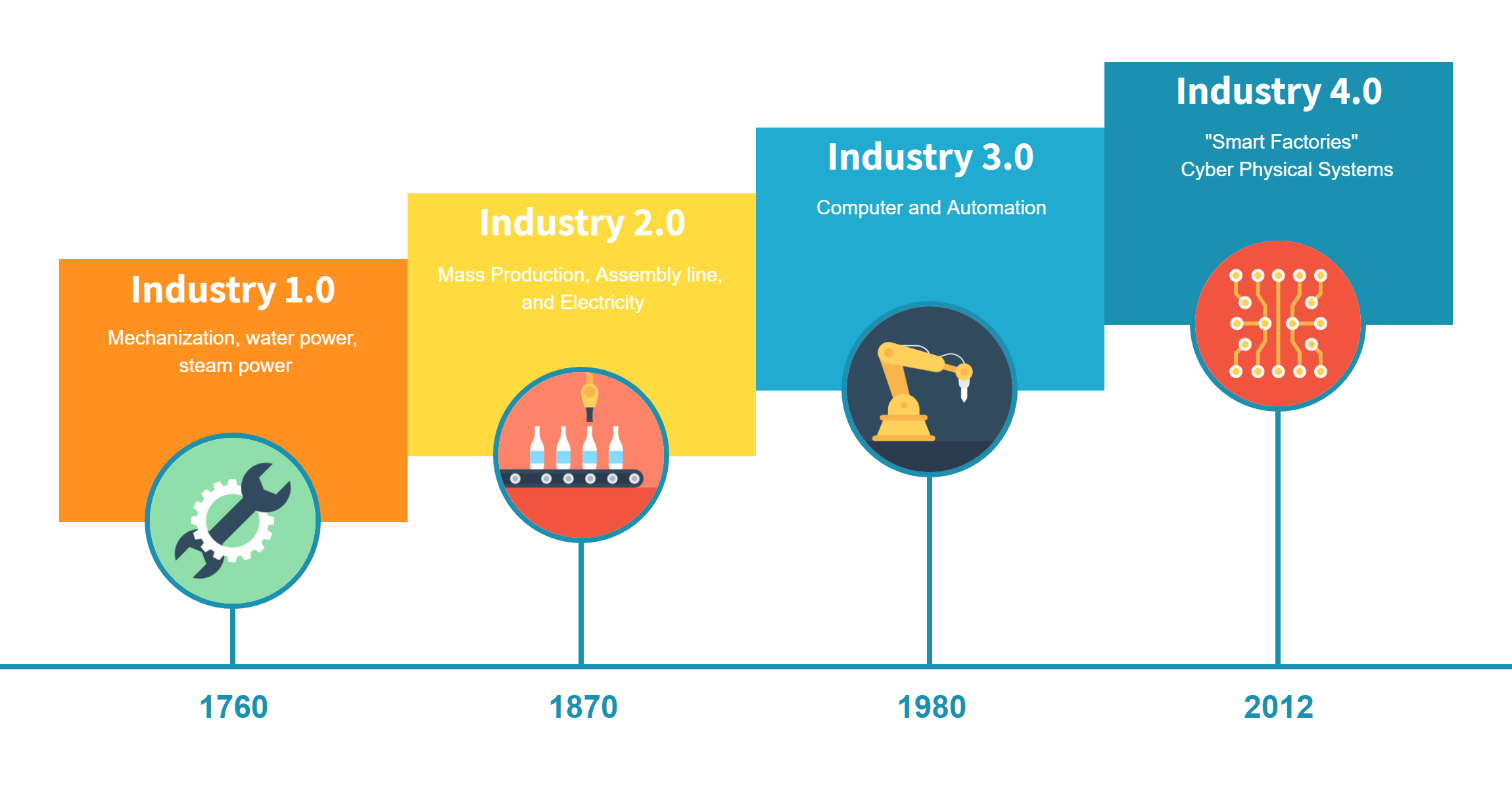THE NOVIQU BLOG
The Future of the Manufacturing Industry

The manufacturing industry was at an all-time high after the 3rd industrial revolution in the late 1960’s and early 1970’s. The application of electronics and technology to automate production greatly increased efficiency and supply in warehouse facilities. However, the demand for such products dropped over the years due to economic and financial crisis’.
Manufacturers struggled to thrive: especially during recent years after the recession in 2008 that we are still feeling the effects of today. Due to the imbalance of supply and demand employment in the manufacturing industry continued to decline.
That is, until recently. According to the U.S. Bureau of Labor Statistics, real manufacturing output hit record highs in recent quarters and is 75% higher than it was 25 years ago. In fact, the manufacturing industry now accounts for approximately 16% of the global gross domestic product (GDP) and 14% of employment with expectations of continued growth. According to a survey conducted by Industry Week and Kronos, the more than half of the manufacturers surveyed expect that annual revenue growth will increase by 5% and more within the next 5 years. They also expect to see employment in the industry increase by at least 1% over the same time frame.
As expectations of growth increase, manufacturers have had to recognize challenges within the industry that need to be addressed in order to be successful in a new era. As manufacturing continues to boom, industry leaders must make their products the most desirable. Concerns of market volatility, material costs, global competition, price reduction pressures, and environmental laws and regulations weigh heavy when making decisions about the future of a company.
To stay competitive, manufacturers need to not only focus on market challenges, but they also need to ensure that the internal production of their company increases in efficiency. Many manufacturers are looking for more skilled employees that can be trained on and handle multiple tasks on a day-to-day basis. Just by having the right talent, manufacturers can increase labor production and flexibility in the workplace.
Because the industry is so competitive, manufacturers want less employee turn-over. New platforms are being created just to attract and retain possible employees in the work force. Many of these platforms revolve around incentives, and most include leadership/management training, skills training, partnerships with local community or vocational schools, and job support technology. Manufacturers want to build the back bone of their company on their workforce. Employees who are educated and engaged with a larger skill set through provided platforms will provide the manufacturing industry with the ability to continue to grow in the future.
The question then becomes, “How can these challenges be resolved?” The future is always changing, but one thing is for certain: The world is going digital. We are in the midst of a 4th industrial revolution, affectionately named Industry 4.0, where machines and humans work together to increase efficiency and ease of communication in industries around the globe. Even now, smart robots and cloud computing software can be found in the workforce. Industry 4.0 is introducing real-time maintenance and communication for manufacturers through software platforms and the Internet of Things (IoT) to help increase production activity.

The manufacturing industry is quickly moving towards machine automation. As this change continues, industry leaders are making new investment priorities in technology. They want to see an increase in productivity, enhanced data availability, operational visibility, and enhanced analytical capabilities – all tracked digitally.
Because of these new demands, manufacturers are interested in using Industry 4.0 to track the safety, maintenance, and training within a company. With this new technology, an employee can easily procure digital information on maintenance history and training logs to keep the line running smoothly with fewer problematic results. Other platforms can even resolve employee engagement by implementing day-to-day training, thus increasing productivity in the workplace and flexibility of skill set in the workforce. It is estimated that the manufacturing industry will spend billions of dollars on this new technology in the coming years to increase growth and expansion.
Future business performance in the manufacturing industry depends on the technological advancements to stay competitive globally. A survey conducted by PwC regarding U.S. manufacturing and IoT found the following:
- 35% of U.S. manufacturers are currently collecting and using data generated by smart sensors to enhance manufacturing/operating processes
- 34% believe it is “extremely critical” that U.S. manufacturers adopt an IoT strategy in their operations
- 38% currently embed sensors in products that enable end-users/customers to collect sensor-generated data.
Manufacturers using smart sensors

Cloud computing and IoT may be the most recognizable, but they aren’t the only priorities. Manufacturers are also looking into smart machines, micro- and nano-manufacturing processes, quality management systems, asset management, and advanced robotics just to name a few. Leaders in the industry are reshaping what it means to be a manufacturer to grow and expand in the new era that is Industry 4.0.
The future of manufacturing is as bright as ever with the advancement of technology. The new era with Industry 4.0 is bringing excitement and vitality back into manufacturing. With a new outlook and set of tools through technological advancements to create skilled employees, manufacturers can anticipate not just a rise in employment, but revenue as well.
References
- https://www.bls.gov/iag/tgs/iag31-33.htm
- https://www.nist.gov/sites/default/files/documents/ 2016/11/16/iw_kronos_research_report_2016.pdf
- https://www.mckinsey.com/business-functions/operations/our-insights/the-future-of-manufacturing
- https://www.bcgperspectives.com/content/articles/hardware-software-energy-environment-winning-in-iot-all-about-winning-processes/
More

Posted on 03/22/2022 by Anna Haney
Information Fatigue- The problem with apps

Posted on 11/30/2017 by Austin Gardner
The True Cost of an Accident

Posted on 06/14/2018 by Anna Haney